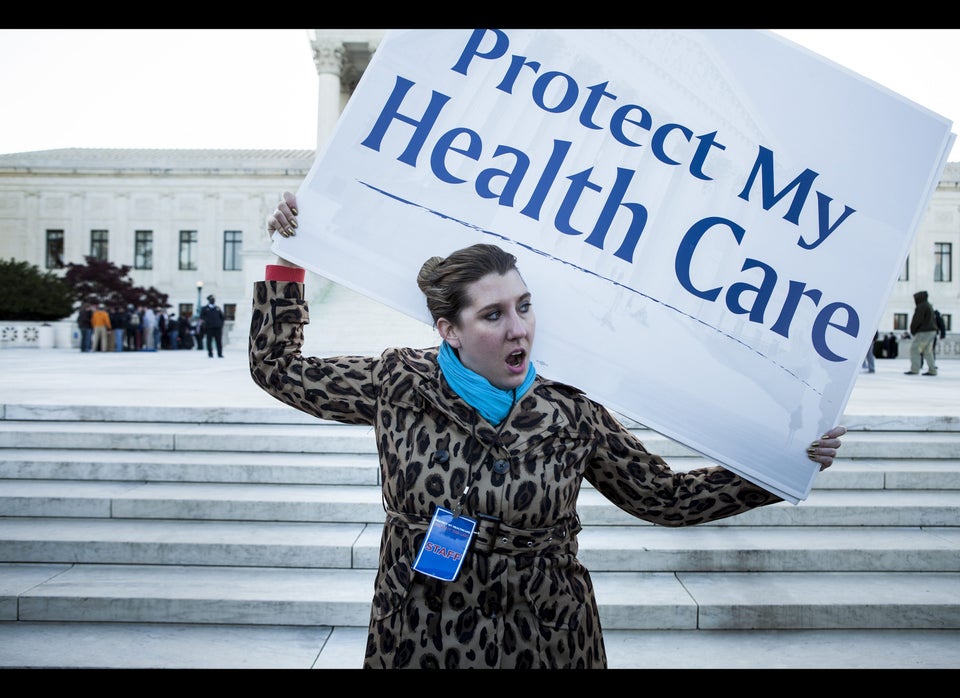
President Barack Obama's Affordable Care Act may not live up to its name for some who will see higher health insurance prices than available in today's market.
Experts believe the health care reform law, signed in 2010, will increase the sticker price of health insurance plans sold for 2014 and beyond, particularly for younger and healthier people. Today, these customers have access to relatively inexpensive plans with minimal benefits and high deductibles, but those will all but disappear when the law's new rules take effect. Everyone who buys health insurance on the individual market will gain better benefits and guaranteed coverage under Obamacare but, for some, these improved products will come at a price.
"When you are adding some benefits to what people have today and you're adding value to the insurance they're buying then, yes, we're talking about premiums going up," said Linda Blumberg, a senior fellow at the Urban Institute, a Washington-based think tank. "Whether or not that's a positive or a negative for them, I think, depends a lot on perspective."
What may seem like a contradiction or an unintended consequence of the massive health care overhaul is in fact one of its chief aims: Mandating a minimum set of benefits that go beyond what skimpy plans sold to younger and healthier people now offer. Those current plans don't always cover needed medical services and can leave customers exposed to high health care costs or even financial ruin.
The law also seeks to guarantee coverage at lower prices to people as they get older and sicker, but in exchange, it is possible they will pay more into the system when they are young and healthy and need less medical care. Tax credits will be available to many poor and middle class people to subsidize their insurance costs.
Under the new rules, no one can be turned down for health insurance coverage and older people can only be charged a maximum of three times what younger people pay -- less than is allowed under most state insurance laws. The reforms forbid health insurance companies from rejecting people with pre-existing conditions and require health insurers to offer benefits, such as maternity care and prescription drugs, that aren't always covered on plans sold on the open market today.
"Pricing will go up for all populations and some more so than others," said Robert Hurley, the senior vice president of carrier relations for eHealthInsurance, an online vendor of health plans.
At the same time, he said, "consumers will be able to stop with some level of comfort knowing that the government has mandated some minimum level of essential benefits."
Other aspects of the health care law tend to lower health insurance premiums, the Obama administration contends. Health insurance companies have to spend at least 80 percent of the premiums they take in on medical care or refund the difference every year and will compete to cover the estimated 30 million new customers they stand to gain by 2022, according to a 2011 report issued by the Department of Health and Human Services.
The law also provides tax credits on a sliding scale to people with incomes at the poverty level, which is $11,170 for a single person this year, up to four times that amount. This could result in $14,900 in savings for a family of four with an income of $33,525 compared to the cost under current rules, the department estimates.
According to the Congressional Budget Office, the law "would tend to increase premiums for people who are young and relatively healthy and decrease premiums for those who are older and relatively unhealthy." On average, premiums will rise 10 percent to 13 percent without tax credits. The budget office projects that 57 percent of customers will receive tax credits covering almost two-thirds of their premiums. "That would reduce their costs well below the premiums that would be charged for such policies under current law," the budget office concluded.
But the health insurance industry warns that higher premiums for younger, healthier people will encourage them to go without coverage and defy the law's individual mandate that almost everyone obtain health coverage or pay a tax penalty. A potentially significant portion of these customers may not qualify for tax credits.
Projections about the average costs mask the effects on the people who may pay more, said Karen Ignagni, the president and CEO of America's Health Insurance Plans, the industry's main lobbying organization.
"For products to be affordable, then you need to think about what would the pricing be like for the younger and healthier people," she said. Without enough customers with low health care costs paying premiums to offset the higher expenses of their older, sicker counterparts, premiums won't be affordable for anyone, she said.
Starting Oct. 1, 2013, individuals who don't get health insurance from their jobs will have access to new marketplaces called health insurance exchanges in their home states. Using online portals, telephone hotlines and in-person appointments, people will be able to compare the costs and benefits of health plans. Individuals also learn via insurance exchanges whether they qualify for tax credits or Medicaid, the joint federal-state health program for the poor.
"The financial assistance for a lot of those young, healthy people is so significant that it will bring them in," Blumberg said. "What we have found is that because these younger folks tend to be quite low-income, that under the Affordable Care Act, many of them are either going to be eligible for subsidies" or Medicaid benefits.
The law establishes four levels of health benefits, dubbed "bronze," "silver," "gold" and "platinum" for everyone and tax credits that are designed to cap premiums at between 2 percent and 9.5 percent of income based on the cost of the silver option. Access to Medicaid will be limited, however, because eight states so far have announced they won't participate in Obamacare's expansion of the program to anyone earning up to 133 percent of poverty, which is $14,856 for an individual in 2012.
The youngest adults also will have options not available to older people under Obamacare, which should help convince them to buy coverage, said Hurley, whose company has contracted with the federal government and states including Massachusetts and Mississippi to help implement the law.
The health insurance exchanges will offer "catastrophic" health plans with minimal coverage to anyone under 30, though tax credits can't be applied to their purchase. Already, the law allows people to join or remain on their parents' health insurance plans until they turn 26, which has reduced the number of uninsured young adults.
The individual mandate also will push people toward the exchanges, Hurley said. "I don't think individual consumers will make the choice to pay the tax penalty and not get anything back in return for it."

